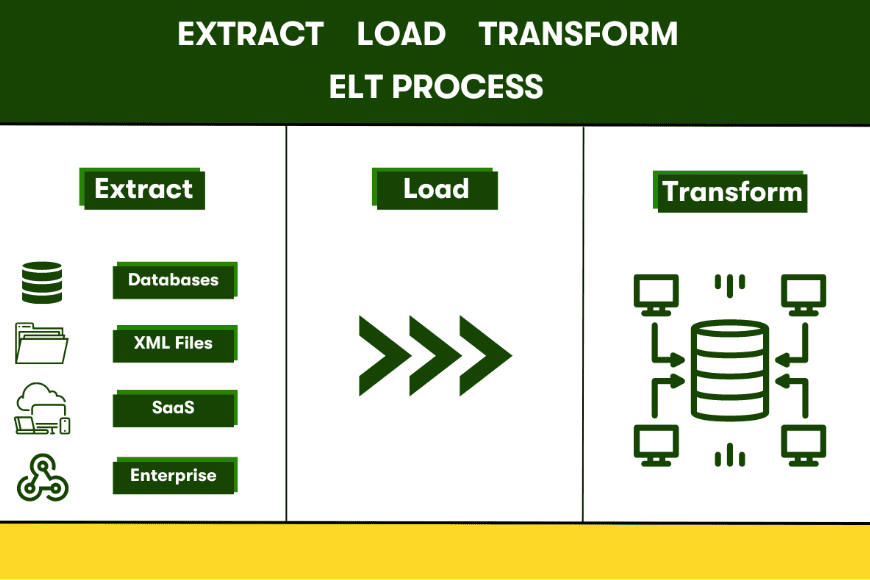What is data consolidation and how can it help my business?
As your business grows, so will your customer database. Without a centralised data storage system, you open yourself up to a handful of challenges from data inconsistencies to struggles with scaling your business – the latter stretching your resources as far and wide as possible.
Data consolidation is a great way around this, and whilst it may be a daunting task at first, the benefits significantly outweigh the negatives.
In this blog, we’ll explore the benefits of data consolidation and provide practical tips to make the process as smooth as possible. Whether you’re a business owner or a data analyst, this guide will provide you with everything you need to know to effectively consolidate your data.
What is Data Consolidation?
Data consolidation is the process of combining separate data sources into one unified view of data to provide a clear view and understanding of information.
These data sources can include various file types like a spreadsheet, CRM & SaaS data, which would otherwise not be linked together.
How will it help your business?
With a comprehensive & consolidated view of data, businesses can benefit from enhanced data accuracy and reliability, simplified data analysis, and clearer decision-making processes while also increasing operational efficiency and reducing costs as it scales.
It also provides a better insight into who your customers are, leading to an effective marketing campaign more likely to result in conversions. Data consolidation also helps your business stay secure and guarantee compliance with UK GDPR, as data will be less likely to go out of date and be removed when requested.
Data Consolidation Techniques
Extract, Load, Transform (ELT)
Extract, Load, Transform (ELT) is one of the most common methods of data consolidation. It involves extracting data from different sources, loading it into a centralised data warehouse, and transforming it for analysis.
ELT allows for greater scalability and flexibility, especially in big data and cloud computing environments, where the target system can efficiently handle large volumes of data.

- Extract: This involves taking data from a variety of sources and retrieving the required data from them. The extraction process includes various methods including querying databases, accessing files, or utilising APIs to gather the required data.
- Load: Once the data is extracted, it is loaded into a unified storage system, such as a data lake or data warehouse. Loading often involves data ingestion, where the extracted data is temporarily staged before being loaded into the target system. It can also include bulk loading, streaming or batch processing depending on the type of data and how much there is.
- Transform: Once loaded, the data is ready to be transformed for analysis and reporting. Transformation tasks include data cleansing, data enrichment, data aggregation and more, to ensure consistency and accuracy every time.
Data Visualisation
Data visualisation is an effective way to convey information in a visual format. By representing data in charts, graphs, maps, and other visual forms, it becomes easier to understand, analyse, and communicate insights. This technique simplifies data as much as possible, making it easy for anyone to identify patterns, trends, and relationships, and make informed business decisions as a result of it.
Data Warehousing
Data warehousing is the process of collecting and organising vast amounts of data from different sources into a centralised location. This data can then be transformed into a consistent format and loaded into a separate database optimised for reporting and analysis. With data warehousing, organisations can gain a unified view of their data, which makes it easier to analyse and make informed decisions.
Data Virtualization
Data virtualization allows you to access and manage data from various sources without moving or replicating it. This approach allows users real-time access to retrieve and query data from a range of sources, including web services, cloud storage, and databases as if it were stored in a unified database.
How to consolidate data
Data consolidation is a simple process that analyses all of your data and compiles it together. The process is simple:
1. Conduct a Data Audit
Starting with a data audit provides a clearer understanding of the records you have and where they are located.
Data audits are a great way to understand how your money is being used, helping to spot any problems or gaps in your business operations, from active marketing campaigns to the way you store data.
When you take a good, hard look at your data assets and how they’re used, you can easily see where money is being wasted, and how to strategically increase your profits.
Hopewiser suggests conducting a data audit to locate all the disparate data within your organisation. If you already have software that can merge your datasets into a standard format, you’re all set. For those who don’t, companies that specialise in data cleansing can help you out.
2. Deduplicate Your Data
Once you have an understanding of how many records you have and where they are located, they should be merged into one standard format. In turn, this removes any duplicate entries and completes any missing data fields.
In some instances, customers may leave some data fields blank, such as their postcode, town or city. In these instances, Hopewiser’s address verification is ideal for these instances as it grants you access to a wide range of address databases, allowing you to fill in missing gaps with ease.
3. Match Your Data Against Suppression Files
Now that your company records are merged and deduped, the next step is to match your records against a series of suppression files. This will highlight anyone in your database that has died, moved house, or registered with marketing preference services such as MPS and TPS.
It’s incredibly important from a data integrity point of view that you don’t communicate with them as it can cause a lot of damage to your brand image, as well as come under fire if you’re found to have used your customers’ data in a way that breaches current legislation.
A data cleansing tool not only indicates the deceased, mover, and opt-out records in your files but will also remove any unnecessary details. These contacts can remain in your database for peace of mind that your business is operating in both an effective and compliant manner.
4. The Result
By consolidating your data, you can gain a comprehensive view of your customers and their interactions with your organisation, leading to better insight into their needs and preferences. It will also provide your organisation with easy access to your central data source, as well as save money on operating expenses and staffing levels.
, updated 4th June 2025.
Topic: DataData Cleansing






